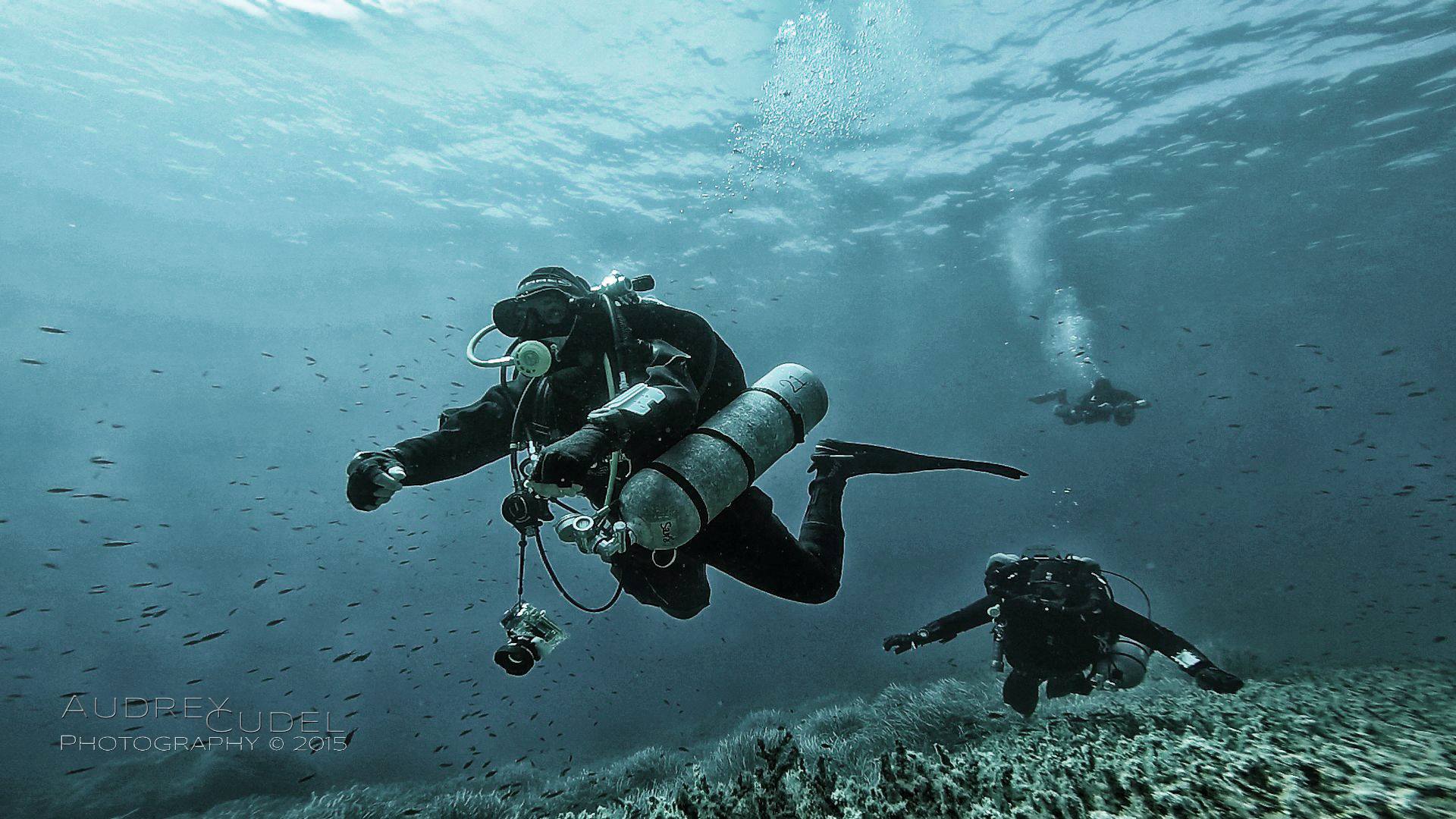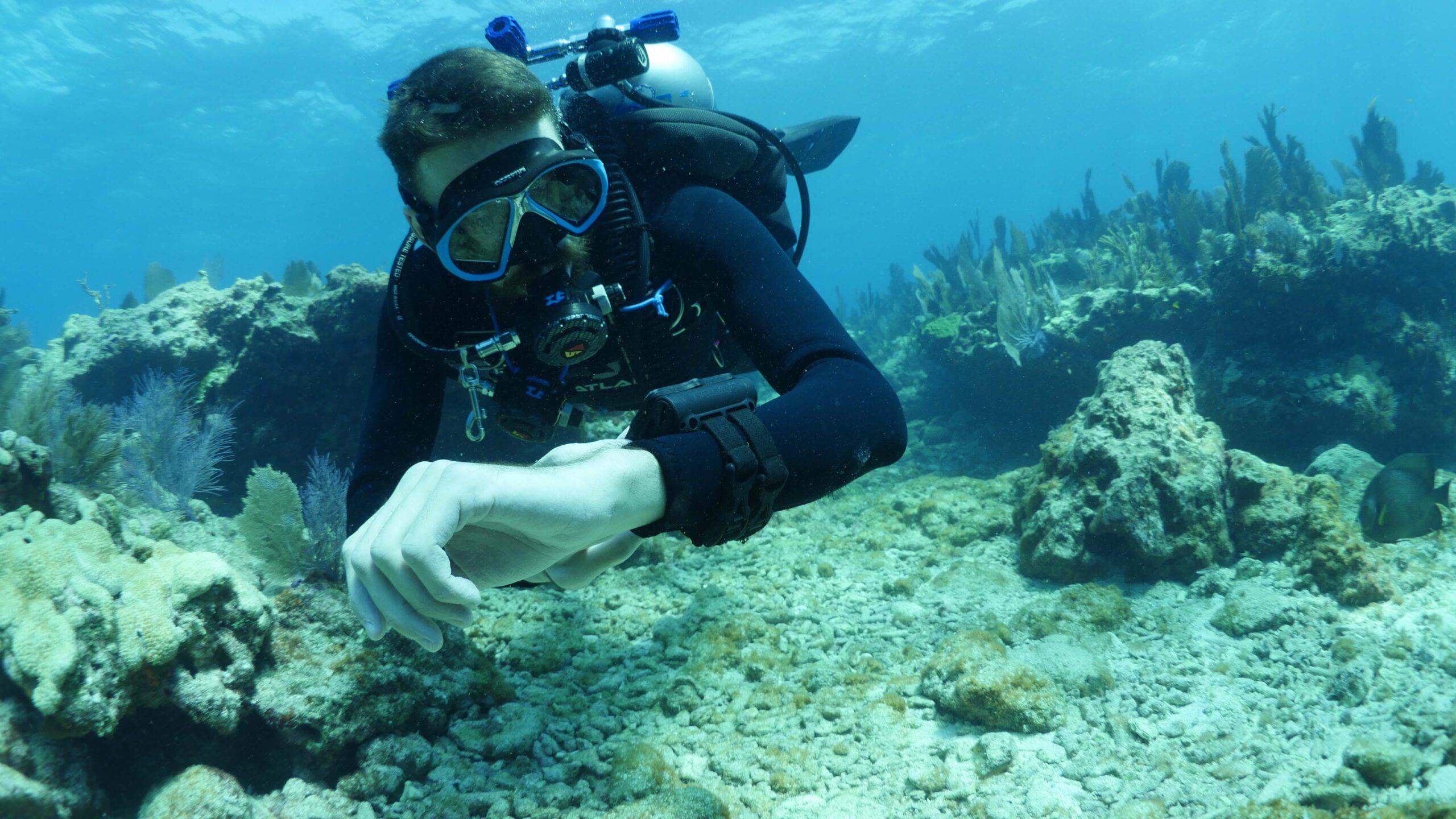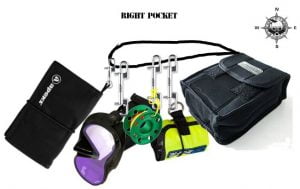START MODS/NOTOXIC STOP
Ref: https://www.tdisdi.com/tdi-diver-news/three-safety-protocols-for-technical-diving/
START
This acronym helps divers remember to do a pre-dive safety check with their buddies. This encompasses everything a dive team should cover before beginning the dive.
Despite some recent internet buzz questioning the value of the pre-dive safety check, and poking fun at divers who do it, technical divers really should use some form of pre-dive check to make sure they have everything, everything functions as intended, backups are in place, and the team knows what the plan is. START provides a progression which helps dive teams do just that. It stands for:
- S-drills and bubble checks
- Team equipment matching
- Air (gas matching)
- Route (team order, direction, overall objective and dive waypoints)
- Tables (planned depth, time, gas switches)
Sometimes it makes sense to do these in a different order. For example, you may want to go through team equipment matching while at the vehicle (where all your stuff is) before making a long hike to the water only to discover you forgot your primary light or your fins.

Regardless of order, going through START before each dive only takes a few moments and makes sure the team is ready for the dive. How you complete each step is up to you and your team, but actually doing it is the important part.
MODS
Technical diving typically means carrying different gasses on the same dive. One of the biggest risks in technical diving comes during the gas switch. The easiest way to die on a technical dive is to breathe the wrong gas at the wrong depth.
A protocol for validating gas switches to manage this risk is crucial. MODS provides this. While some divers attempt to rely on colour coding, different regulators and so forth to code gasses, these approaches aren’t fool-proof. You need a more detailed method to assure you and your teammates have switched to the intended gas. Let’s break it down:
- Mix – diver identifies the cylinder containing the correct mix, shows it to the team, and team validates it is the proper mix for the upcoming gas switch
- Open – diver opens the valve on the cylinder and deploys hose and second stage
- Depth – diver references depth and confirms they are at or above the mix’s MOD
- Switch – the diver switches to the deployed second stage to begin breathing the new mix, and switches their computer (if using one, and who doesn’t these days?) to the new mix
By using MODS, the dive team can easily manage the risk of being on the wrong gas, either below its MOD, or above a depth where it becomes hypoxic. With just a little practice, MODS can be employed effectively, adding no significant time to the gas switch.
NOTOXIC
Personally I like NOTOXIC. Basically the same idea – the important thing is to have this acronym formatted checklist that means you do not make any mistakes on gas switches.
- Note the name on and the MOD of the cylinder you are thinking of breathing from.
- Observe the depth on your computer and compare with the MOD of the cylinder
- Turn on the valve, fully, no turns back, check pressure (before I do this I check first stage hasn’t depressurised, if it has I tighten it)
- Orientate the Reg – This means deploy the second stage with it’s hose behind your head and the second stage in your right hand – do not let it go
- X change – Nearly – there’s an I in “alive”. See I – then you can exchange
- Indicate – Check with your teammate and tell them you are going to switch, use the low to high (or vice versa for travel gas) signal. Let them confirm the cylinder markings and the hose from that cylinder to the second stage, then when they confirm you can switch regs – clip the other reg off or tidy up the stage
- Computer – Tell the clever electronic thingy (both of them) that you are breathing something different. The really clever ones will probably suggest to you the gas!
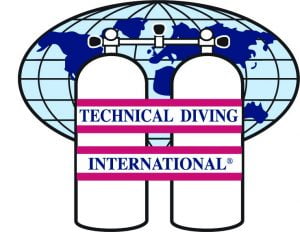
STOP
At the conclusion of the planned bottom time or the beginning of the ascent to the first deco stop, we can use another acronym to guide us through a series of checks. This provides an opportunity for the team to verify readiness and organize the ascent. Many teams do this routinely without realizing it, but this step keeps the team together and organized. STOP stands for:
- Schedule – which depth/runtime schedule is the correct one to use?
- Team – is the team ready to finish the dive, and have all agreed on the schedule?
- Orientation – is everyone familiar with or can see the “exit” or ascent route?
- Proceed – begin the ascent at the prescribed rate according to the plan
By taking just a moment, and STOPping before your ascent, you and your team can avoid separation on the ascent, avoid missed deco stops by verifying the appropriate ascent schedule and ascend as a team. This is also important because it keeps the team together to facilitate the team gas switches discussed earlier.
While there are other approaches to these, learning, understanding and following the protocols outlined above will help you and your team to stay organized, manage risks and enjoy your dives. Using standardized protocols helps your team answer the questions, Am I and is my team ready – for the dive, for the gas switch, for the ascent and for fun?
The concept of all circuits is to have a series of skills that a diver can practice which ensures both kit familiarity and dexterity using that kit. The same circuit applies to backmount and sidemount but techniques, eg managing a helmet may vary.
KISS
Matt
Matt Jevon, M.Sc. F.IoD is a Full Expedition level Trimix and Cave instructor on OC and CCR with TDI and ANDI. He is the JJ-CCR and Divesoft Liberty Sidemount instructor and dealer for Ireland. Matt’s personal diving has included cave exploration in the Philippines, wreck projects in Croatia and Ireland as well as being one of the inaugural dirty dozen in Truk! Matt has held accreditations as an interdisciplinary sports scientist, sports psychologist with BASES and was a British Olympic Registered Strength and Conditioning Coach and invitee on the Olympic Psychology Advisory Group. Matt works in high performance business as a board advisor and non-exec, high performance sport and is a partner in South West Technical Diving in Ireland. www.swt.ie and writes the Facebook page Psychological Skills for Diving
#tdidivecentre #andifacility #Apekstechnicalcentre #caveinstructor #jjccrfactoryservicecentre #JJCCR #ANDI #nolimitsexploration #cavediving #Apeks #divesoft #sidemountccr #southwestech #nautilus #othree90ninety #divemorepostless #xdeep #TDI #technicaldiving #scaleolights #rebreathers #seacraft #kubidrygloves #sidemountessentialsinstructor #sidemountccr #libertyccr #jjccr_official #wedontsellwhatwedontdive #nobubbles #diving #deepdive #techdiving #technicaldiving #ccrdiver #underwater #trimix #wreckdiver #cavediver

